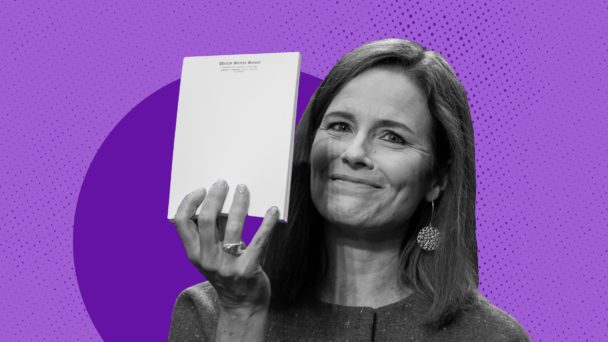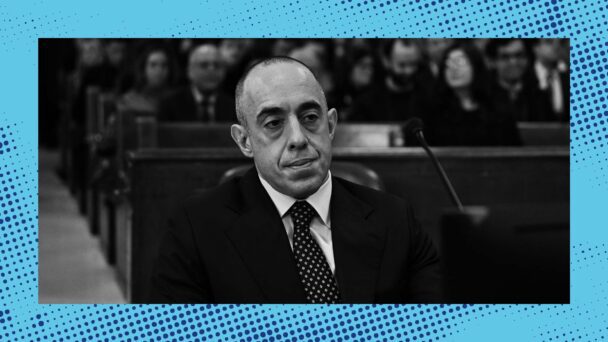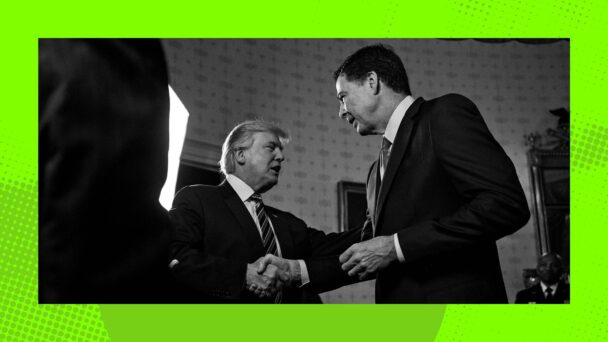On Wednesday, November 5, the Supreme Court will hear oral argument in a pair of cases about President Donald Trump’s unilateral imposition of sweeping tariffs on dozens of “countries” he claims are a threat to the United States. His targets include Nauru, a microstate in the South Pacific with an area of 8 square miles, and the McDonald Islands, a remote volcanic territory home to millions of penguins and zero humans.
Tariffs are, in essence, taxes on imports from other countries, paid by American businesses and consumers. The Constitution confers the “power to lay and collect taxes” exclusively to Congress. Nevertheless, since February, Trump has been imposing, rescinding, and reimposing tariffs worldwide at will.
Trump argues that he can do so because of a federal law known as the International Emergency Economic Powers Act, which allows presidents to regulate imports to “deal with an unusual and extraordinary threat.” In February, Trump issued executive orders claiming that the governments of Canada, China, and Mexico are fueling the opioid epidemic and thus creating an IEEPA-worthy emergency. In April, Trump issued another executive order invoking the IEEPA, claiming that a “lack of reciprocity in our bilateral trade relationships” has given rise to a national emergency.
The actual conditions Trump’s tariffs respond to look a bit different from the “emergencies” described in his executive orders. Last week, for instance, Trump announced a 10 percent tariff hike on Canada just because the government of Ontario sponsored a television ad featuring President Ronald Reagan criticizing tariffs, and aired the ad during the World Series. Trump claimed on social media that Canada had “cheated,” and called the commercial an attempt to “illegally influence the United States Supreme Court in one of the most important rulings in the history of our Country.”
Clip via YouTube
Trump is right about one thing: The cases, Learning Resources v. Trump and Trump v. V.O.S. Selections are incredibly important. Not only would ruling for the administration give one individual enormous control over the global economy, it would again permit Trump to seize and exercise powers that all other presidents understood they did not have under the Constitution. The Supreme Court has repeatedly intervened to help him flout limits on his authority, and emboldened him to do so again.
Most notoriously, the Court ruled last summer in Trump v. United States that presidents are entitled to absolute immunity from criminal prosecution for acts within their “conclusive and preclusive” authority, and are at least presumptively immune from prosecution for all other “official” acts. Trump then tried to push that extraordinary ruling even further, and argued in February 2025 that this immunity should protect him from a federal jury’s determination that he defamed E. Jean Carroll by denying that he sexually abused her in 1996. (A federal appeals court upheld the $83.3 million judgment against him last month.)
Trump is also trying to stretch the Court’s already-unreasonable decisions on his ability to exercise control over congressionally-created agencies. Several federal statutes and longstanding Court precedents protect certain agency heads from being fired without cause. Nevertheless, in Trump v. Wilcox, the Court lifted a lower court order that blocked Trump from illegally firing members of the National Labor Review Board and the Merits System Protection Board. In Trump v. Boyle, the Court allowed Trump to illegally fire members of the Consumer Product Safety Commission. And in Trump v. Slaughter, the Court allowed Trump to illegally fire a member of the Federal Trade Commission.
In Wilcox, the Court rationalized its decision in part by saying that the NLRB is different from institutions like the Federal Reserve Board. Then, a few months later, Trump illegally fired a member of the Federal Reserve, too. The Court will hear oral argument in that case in January.
Perhaps most dangerously, the Supreme Court has repeatedly indicated to Trump that his own subjective assessment of an “emergency” is all that is required for him to exercise extraordinary powers beyond presidents’ traditional authority. In March, for example, Trump argued that a little-used wartime statute allowed him to remove Venezuelan residents from the country and imprison them in El Salvador with minimal judicial review. A lower court blocked him from doing so, but in Trump v. J.G.G., the Supreme Court lifted the order.
The Trump administration also started removing noncitizens to random countries without giving them the legally-required opportunity to say if they would face grave danger there. A lower court blocked this too, but the Trump administration said courts couldn’t review this decision, either. Again, in Department of Homeland Security v. D.V.D., the Court lifted the order.
The Court’s regular legitimation of Trump’s illegal acts endangers the public by reinforcing the notion that Trump is not actually bound by law. It shows him that he can and should always go further, because he can and should always come back to the six-justice conservative supermajority and ask for more legal cover. Trump literally thinks he can do anything he wants because the Supreme Court has yet to show him otherwise.




